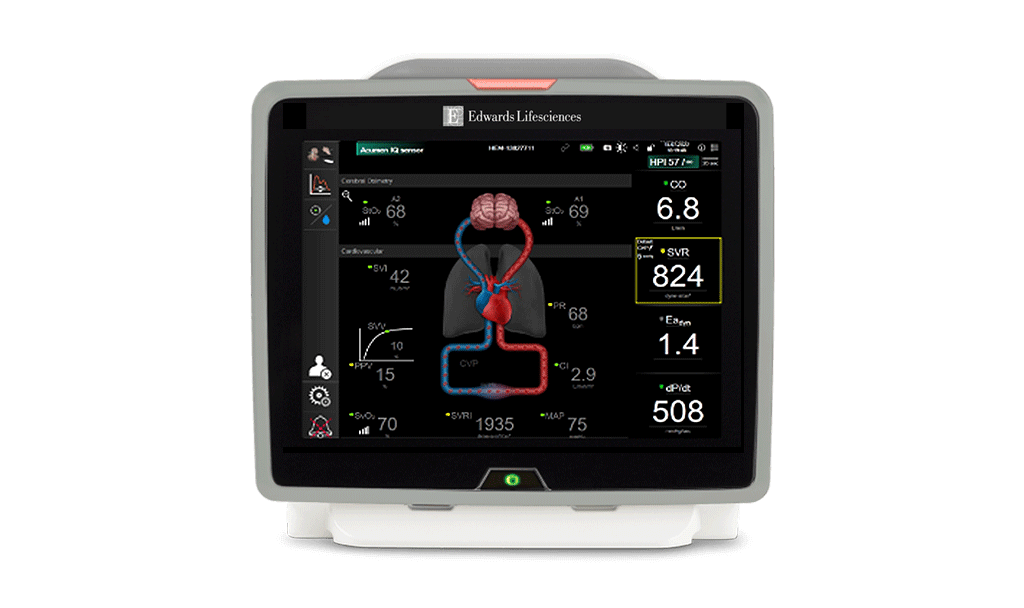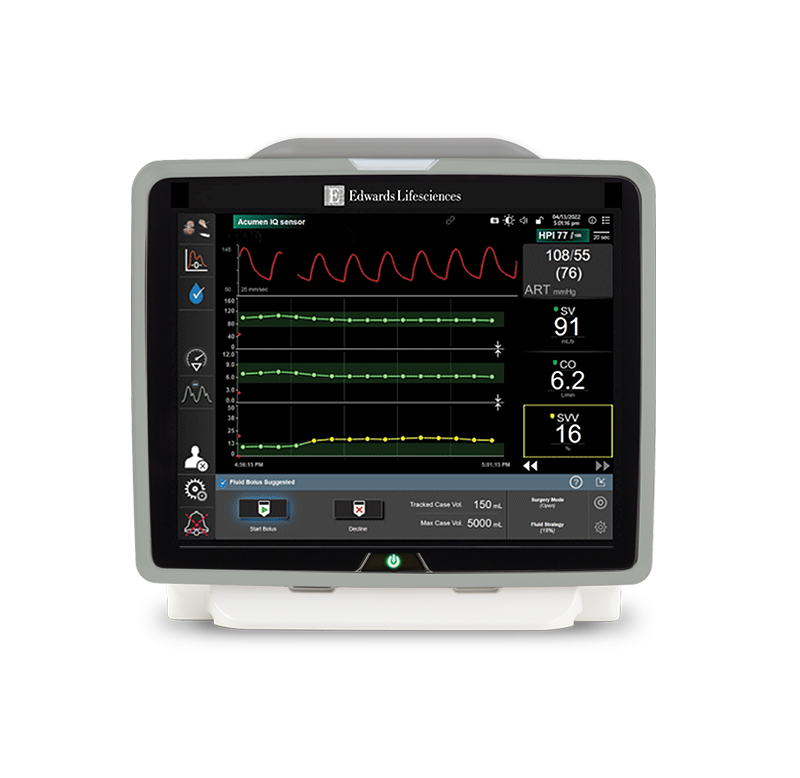Predict the likelihood of hypotension with Acumen Hypotension Prediction Index (HPI) software
Acumen intelligent decision support suite

Harnessing the power of machine learning, Acumen suite offers both predictive decision support and retrospective data analysis. With access to advanced hemodynamic monitoring that provides continuous pressure and flow parameters, you will get valuable insight into the adequacy of perfusion.
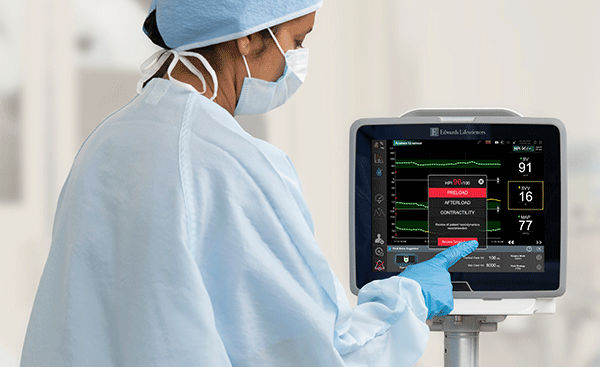

Acumen suite of software and sensors enable you to:
Optimize fluid administration with Acumen Assisted Fluid Management (AFM) software
Proactively manage hemodynamic instability using machine learning algorithms
Acumen software:
predictive insights, retrospective analysis
Acumen HPI software
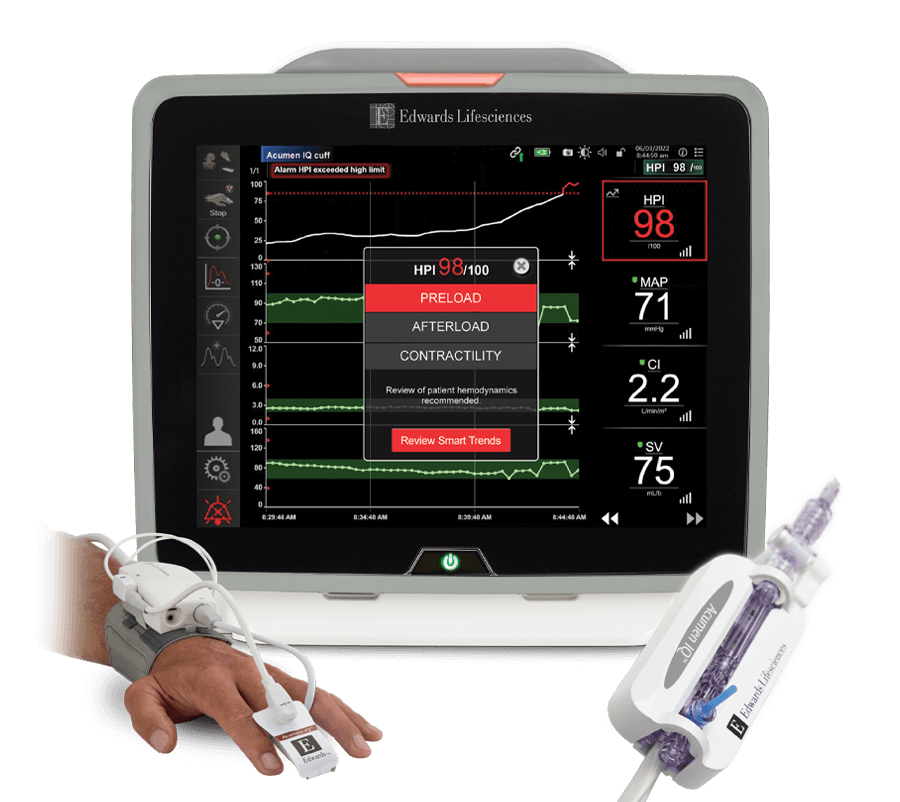
Acumen HPI software is effective in detecting hemodynamic instability and substantially reducing the duration of intraoperative hypotension.
A recent study demonstrated a 57% reduction in the duration of intraoperative hypotension.*1
*Compared to a retrospective historical control group, in noncardiac surgical patients requiring arterial line monitoring

Sensors and platform
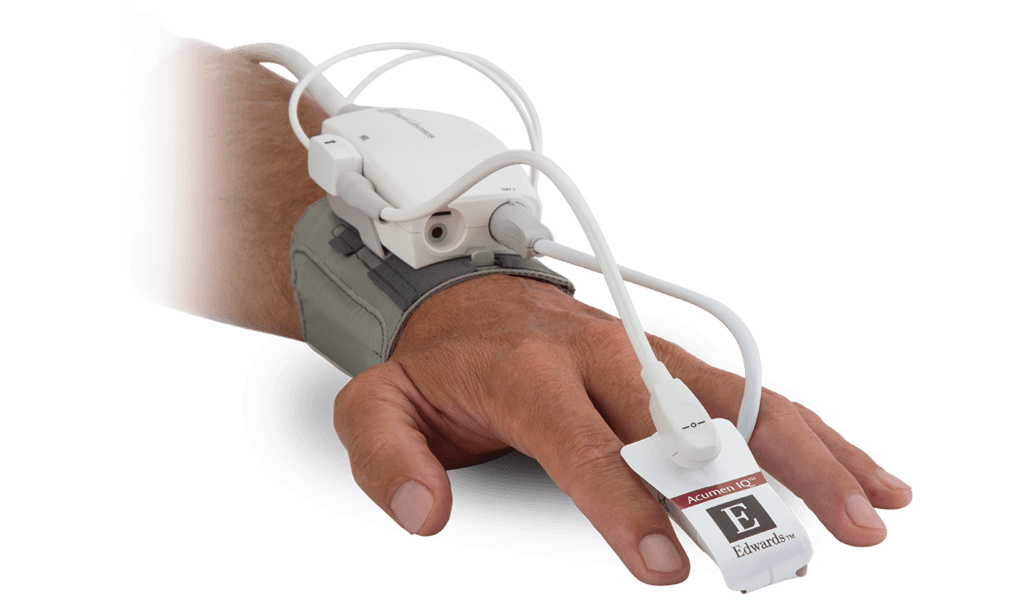
Acumen IQ cuff
Acumen IQ cuff unlocks Acumen HPI software* while delivering continuous blood pressure monitoring and advanced hemodynamic parameters noninvasively.
*Acumen HPI parameter is indicated for surgical patients only when using an Acumen IQ cuff
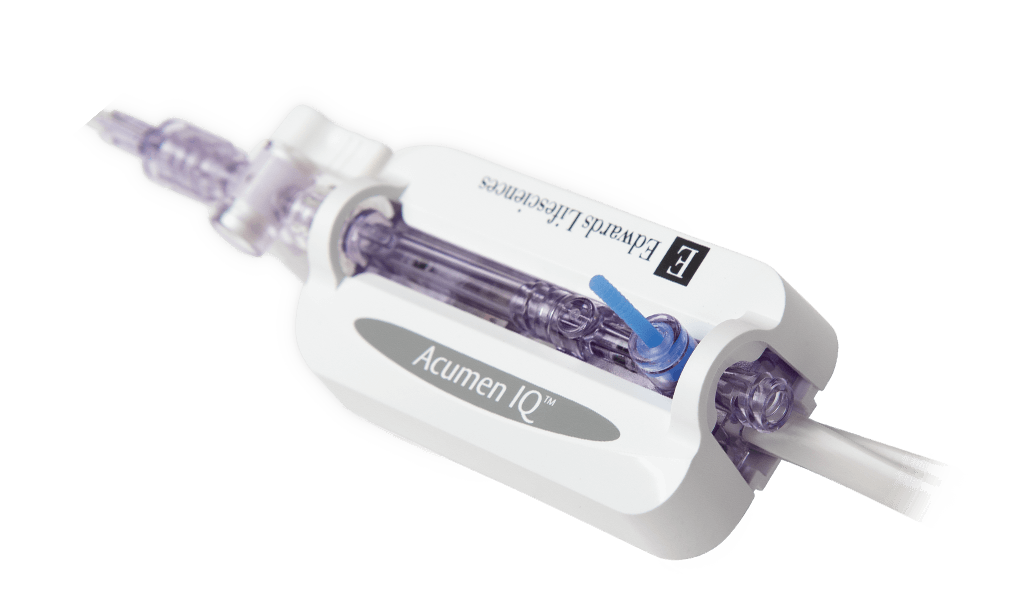
Acumen IQ sensor
Acumen IQ sensor unlocks Acumen HPI and Acumen AFM software. The sensor connects to any existing radial arterial line and offers you continuous insights into your patients’ hemodynamic status.
Managing pressure and flow is key to hemodynamic stability
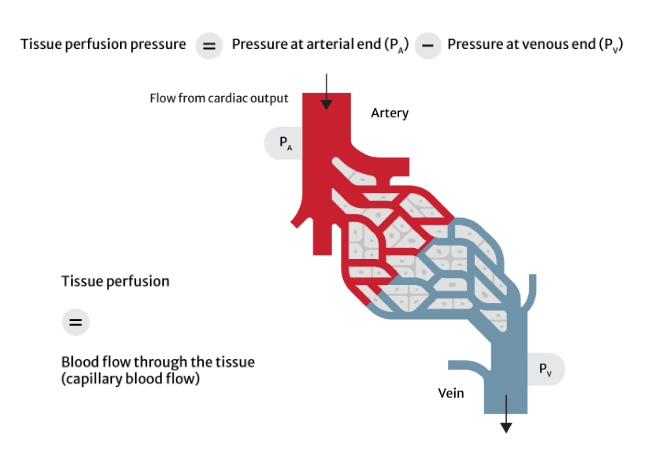
Maintaining adequate perfusion
Adequate perfusion requires adequate arterial pressure and cardiac output. Advanced hemodynamic monitoring can provide access to continuous pressure and flow parameters, giving you valuable insight into the adequacy of patient perfusion.
Intraoperative hypotension is common and may elevate risk – but it can be reduced1-4
- A recent study reported at least one hypotensive event* in 88% of noncardiac cases4
- Risks of end-organ injury increase with prolonged exposure to MAP 65-60 mmHg or for any exposure <55-50 mmHg3
- Acumen HPI software demonstrated a 57% reduction in duration of intraoperative hypotension from 28 to 12 minutes1**
*A hypotensive event is defined as MAP <65 mmHg for at least 1 minute.
**Prospective, single-arm, multicenter study in noncardiac surgical patients requiring arterial line monitoring compared to a historical control
Edwards clinical education
Edwards clinical education meets you no matter where you are in the learning process. With a long-term commitment to improving the quality of care for surgical and critical care patients, Edwards’ continuum of educational resources and tools support you as you solve clinical challenges today and in the future.
References
- U.S. Food and Drug Administration. 2021. K203224 510k Summary, Acumen Hypotension Prediction Index, viewed August 24, 2021. https://www.accessdata.fda.gov/cdrh_docs/pdf20/K203224.pdf.
- Salmasi V, Maheshwari K, Yang G, Mascha EJ, Singh A, Sessler DI, et al. Relationship between intraoperative hypotension, defined by either reduction from baseline or absolute thresholds, and acute kidney injury and myocardial injury. Anesthesiology. 2017;126:47-65.
- Wesselink EM, Kappen TH, Torn HM, Slooter AJC, van Klei WA. Intraoperative hypotension and the risk of postoperative adverse outcomes: a systematic review. Br J Anaesth. 2018;121:706-721. doi:10.1016/j.bja.2018.04.036
- Shah N, Mentz G, Kheterpal S. The incidence of intraoperative hypotension in moderate to high risk patients undergoing non-cardiac surgery: A retrospective multicenter observational analysis. J Clin Anesth. 2020;66:109961. doi:10.1016/j.jclinane.2020.109961
Important safety information
CAUTION: Federal (United States) law restricts this device to sale by or on the order of a physician.
See Instructions For Use (IFU) / Directions For Use (DFU) for full prescribing information, including indications, contraindications, warnings, precautions and adverse events.

